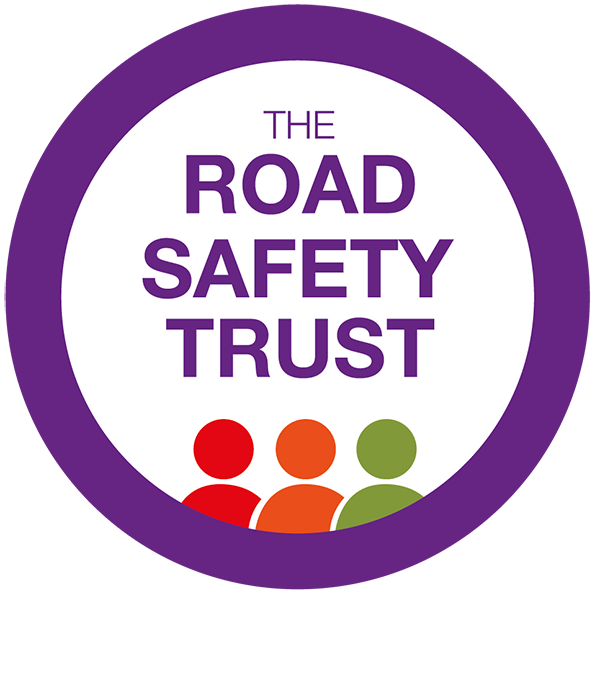New guidance outlines best practice for introduction of School Streets scheme
Local authorities are being encouraged to make use of recently-issued Active Travel England guidance outlining the best practices for implementing School Streets.
School Streets are rising in popularity, with hundreds of these specially designed areas having been introduced near schools in various parts of the country, while TfL announced in April that it had agreed to fund up to 222 new School Streets over the coming years in London.
They are designed to improve road safety, boost cycling and walking and improve air quality by restricting motor traffic at the school gates at drop-off and pick-up times.
The Active Travel England guidance outlines the best practices for implementing School Streets and, in addition to local authorities, may also be of interest to schools and elected local members.
It was referenced in a recent Westminster debate, where Lilian Greenwood MP, Minister for the Future of Roads at the Department for Transport, told colleagues that it would ‘assist local authorities with planning, developing and implementing School Streets’.
She added: “The benefits speak for themselves – cleaner air, fewer cars, less congestion, improved mental and physical health and, of course, safer roads.”
The guidance is informed by a review of School Streets, carried out by Edinburgh Napier University, thanks to funding from The Road Safety Trust
The review found in nearly all cases where School Streets had been implemented:
the total number of motor vehicles across School Streets and neighbouring streets reduced during the School Streets’ hours of operation
active travel to school increased
schemes were supported by most parents of school pupils as well as residents living on the School Street and neighbouring streets
traffic displacement from the School Streets to neighbouring streets did not cause road safety issues of any significance
The Edinburgh Napier University review formed part of a wider School Streets project, delivered by Sustrans for The Road Safety Trust.
Ruth Purdie OBE, Chief Executive of The Road Safety Trust, said: “Taking measures to improve road safety for our schoolchildren should be a top priority for us all so I’m delighted to see an increasing number of School Streets in place across the country, with more to follow.
“The research delivered by Sustrans clearly evidences how the scheme can improve the lives of everyone associated with it – children, parents and local residents. And now, with the introduction of the Active Travel England guidance, it should be easier than ever for local authorities to understand and manage the implementation of School Streets.”
Sustrans has also developed a practitioner’s guide, which is available for local authorities to download and use.
Andy Cope, Sustrans Strategy, Impact and Evidence Director, said: “As School Street initiatives become more common, there is a growing body of evidence supporting their effectiveness.
“This guidance compiles the experience and expertise of many experts in helping others to make our streets safer by encouraging parents to leave the car at home. We’re incredibly grateful to The Road Safety Trust for their generous support, which enabled the partnership to conduct the research and produce the practitioner’s guide. The guide showed that School Streets lead to an overall reduction traffic volume, while public support increased.
“There was also strong support from children, with eight out of ten backing street closures outside the school gates during drop-off and pick-up times. We expect further data to emerge in the coming months. That’s why School Streets, and the wider school journey, sit at the heart of Sustrans’ new strategy.”
12 June 2025
